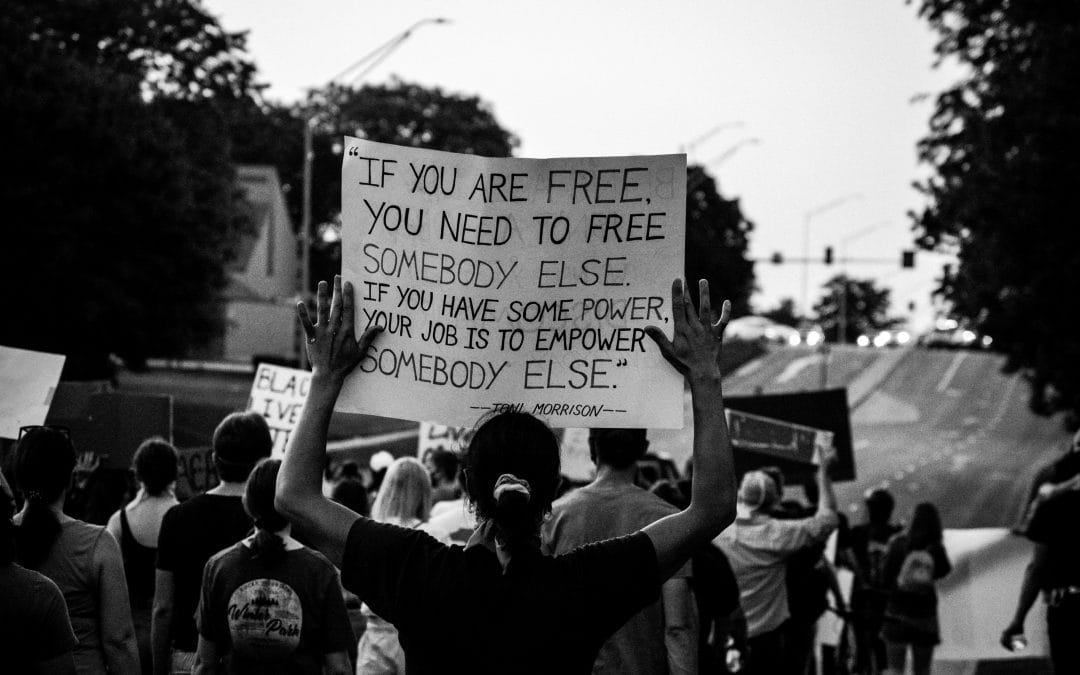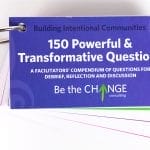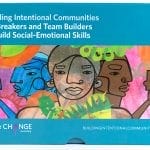“Like fighting an addiction, being an antiracist requires persistent self-awareness, constant self-criticism, and regular self-examination.”
This goes for organizations, too. At Be the Change Consulting, we strive to be self-aware and look closely for ways to be consciously antiracist in our everyday operations. Redesigning our website was no different. We have so much to share after fourteen years of work together, that crafting our new website took months of hard work with several collaborators.
Don’t think we missed the opportunity to dismantle dominant culture traits that flared up in the process of creating a new website. Right to comfort as we chose fonts and images? Yep. Worship of the written word in the editing process? Definitely. Find out what we noticed and how we pivoted and claimed antidotes to white supremacy culture.
How Choosing a Font Can Trigger Right to Comfort
Antiracist thought leaders Kenneth Jones and Tema Okun describe the concept of Right to Comfort as, “the belief that those with power have a right to emotional and psychological comfort.” What does this have to do with website fonts? A lot, as it turns out.

“The original accent font for our website was a beautiful script and the supporting fonts were small but stylish. I loved it! But the staff did not. And it was beyond not liking it for personal reasons… it was actually in response to concerns around a lack of accessibility. So I tried another font and another, but I just wasn’t getting it. Honestly, I don’t think I wanted to get it. Because as an able-bodied person with historically “good” eyesight it worked….for me. I felt comfortable. And so I had to push myself to let go of my right to comfort.”
The antidote to this kind of thinking? Tanya is practicing welcoming discomfort as a part of growth and learning. She also values feedback and trusted our team to bring in perspectives other than her own. Remembering not to take other people’s needs personally was key, too. Who is this font really for? Our diverse audience of readers deserving one less barrier to our learning materials.
Where Does Inclusive Marketing Meet Worship of the Written Word?
In the well-known article, “White Supremacy Characteristics,” Tema Okun describes one aspect of Worship of the Written Word as “those with strong documentation and writing skills are more highly valued, even in organizations where ability to relate to others is key to the mission.”

“I love, love, love to read, write, and theorize. It comes naturally to me- especially if I’m putting my vision for a better world on paper. I’ve written hundreds of workshop descriptions over the years and articles to describe our thinking about the work. But honestly…I get feedback that folx can’t picture what I’m talking about. The language isn’t accessible. It could be more welcoming, inviting, and focused on connection. So, with our website redesign, we decided to hire a copywriter to take my ideas and help them reach more people.”
The antiracist pivot? We worked to take academic writing, “buzz words” and jargon out of our website entirely. Once the copy was rewritten, we shared it with our whole team and colleagues in the community to find out how we could make it even more clear and accessible for folx.
Are You Becoming an Antiracist Organization?
White supremacy characteristics are what our country was founded on. Organizations cannot escape them. Even those of us running teams that center leaders of color. All of us have internalized these mistaken beliefs in one way or another. And all of us have the power to shift our thoughts, our behaviors, and company culture.
Ready for support to shift yours?
Our next capacity-building initiative launches in August 2021. Find out everything you need to know right HERE.









